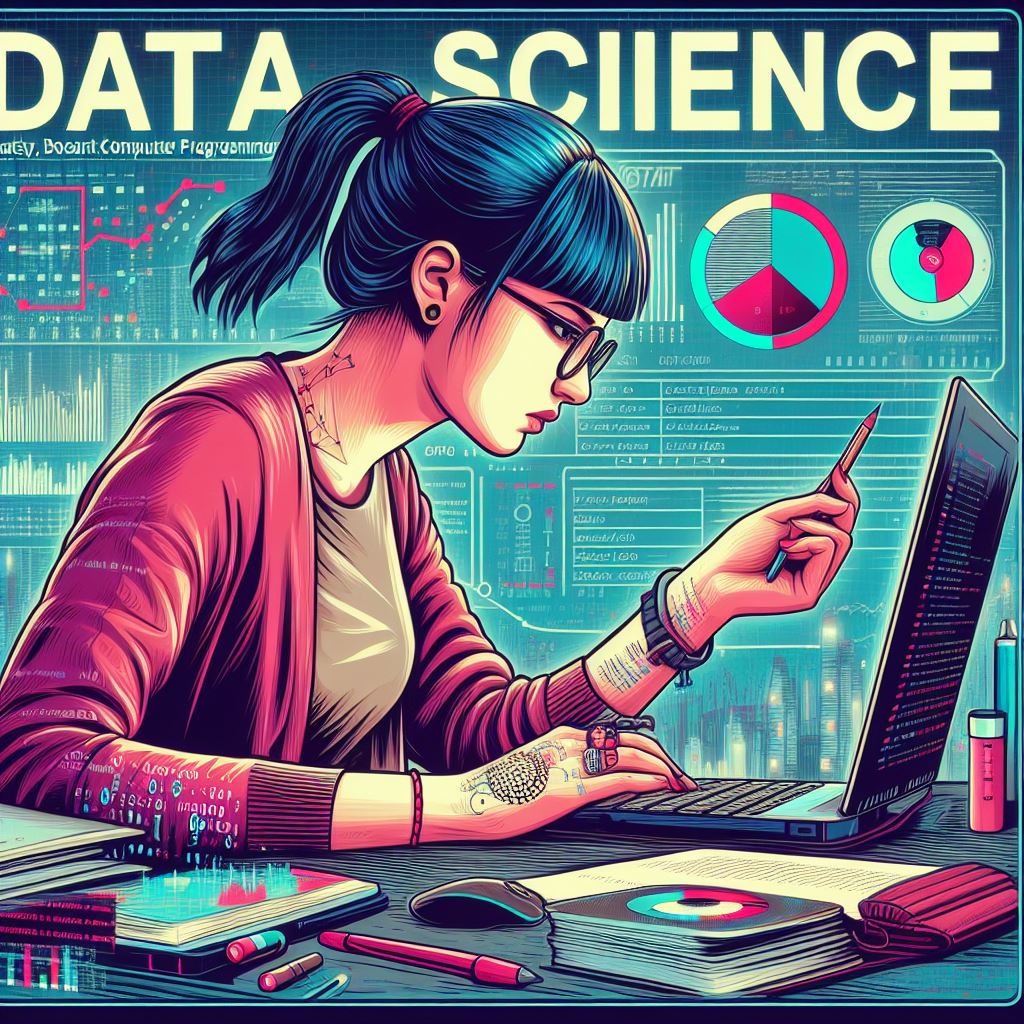Deep learning is a powerful subfield of artificial intelligence (AI) that is transforming industries by enabling machines to learn from vast amounts of data. With applications ranging from image and speech recognition to self-driving cars, deep learning is reshaping how we interact with technology. In this article, we’ll explore what deep learning is, how it works, and why it’s one of the most significant breakthroughs in AI today.
What is Deep Learning?
Deep learning is a branch of machine learning, which itself is a subset of artificial intelligence. It mimics the way the human brain works, utilizing artificial neural networks to process information. These networks are designed to recognize patterns and make decisions based on data inputs, enabling machines to learn without explicit programming.
The most common form of deep learning involves deep neural networks (DNNs). These networks are made up of multiple layers of interconnected nodes, or “neurons,” each responsible for a specific aspect of the input data. The deeper the network (i.e., the more layers it has), the more complex the patterns it can learn. This ability to handle and process large amounts of data is what makes deep learning so effective for tasks such as image classification, natural language processing (NLP), and recommendation systems.
How Does Deep Learning Work?
At its core, deep learning works by training a neural network on a large dataset. During training, the network learns to adjust the weights of connections between neurons to minimize errors in predictions. This process is known as backpropagation, where the algorithm “learns” from its mistakes by updating the weights to improve future predictions.
The layers in a deep neural network are typically divided into three categories: input layers, hidden layers, and output layers. The input layer receives raw data, such as an image or text. Hidden layers process and transform this data using mathematical functions, gradually extracting relevant features. Finally, the output layer produces a prediction or decision based on the learned features.
Applications of Deep Learning
Deep learning has a wide range of applications across different industries. Some of the most notable applications include:
Image and Video Recognition: Deep learning algorithms are widely used in facial recognition systems, object detection, and autonomous vehicles. They can analyze pixels in images and identify patterns, making them essential for self-driving cars and security systems.
Natural Language Processing (NLP): Deep learning powers chatbots, language translation services, and speech recognition systems. It allows machines to understand and process human language with remarkable accuracy.
Healthcare: In the medical field, deep learning is used to analyze medical images, such as MRIs and X-rays, to detect early signs of diseases like cancer. It’s also used for drug discovery and genomics research.
Finance: Deep learning algorithms are employed in fraud detection, algorithmic trading, and risk management, helping financial institutions make data-driven decisions faster and more efficiently.
Advantages of Deep Learning
One of the main advantages of deep learning is its ability to handle large volumes of data. With advancements in computing power and the availability of vast datasets, deep learning models can continuously improve as they process more information. Additionally, deep learning models can achieve higher accuracy levels compared to traditional machine learning algorithms, especially for complex tasks such as image classification and speech recognition.
Moreover, deep learning requires minimal human intervention once the model is trained. It can automatically identify features in data and adjust its own parameters, making it highly efficient for tasks that involve large-scale data.
Challenges in Deep Learning
Despite its incredible potential, deep learning also faces several challenges. Training deep neural networks requires vast computational resources, including powerful GPUs and large datasets. This can be expensive and time-consuming. Additionally, deep learning models can be difficult to interpret, as they are often referred to as “black-box” models. This lack of transparency can pose issues in fields like healthcare and finance, where explainability is crucial.
Furthermore, deep learning models are prone to overfitting, where they perform exceptionally well on training data but fail to generalize to new, unseen data. To address this, techniques like regularization and cross-validation are used.
Conclusion
Deep learning is a key driver in the evolution of artificial intelligence, enabling breakthroughs in fields ranging from healthcare to entertainment. As the technology continues to advance, its potential to solve complex problems and automate processes will only grow. While challenges remain, the benefits of deep learning make it one of the most exciting areas in AI today.
